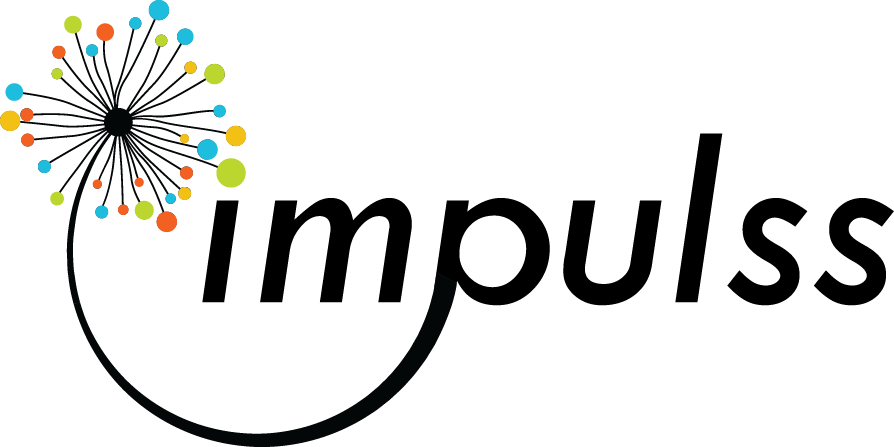Electroencephalography
An electroencephalographic method (EEG) is based on the recording of brain bioelectric potentials. Because, like all processes in the nature, brain potentials change over time, EEG recording is traditionally represented as a potential-time curve. It usually looks like a sheet filled with several curves, transferred to the computer screen — process records from different parts of the cerebral cortex. The computer records are then analysed by a doctor. Despite the scientific and technological progress and the development of computer technology, today, like 20–30 years ago, a visual analysis remains the only reliable thing.
What is the purpose of the examination?
Neurology and epileptology doctors, when referring a child to the examination, expect to hear from functional diagnostics doctors specializing in the interpretation of EEG, the answer to 3 main questions:
- To what extent the recorded bioelectric activity of the child’s brain consistent with the age norm?
- Were pathological (epileptiform) wave complexes and other specific graphic elements registered?
- Were clinical manifestations of epileptic seizures recorded during the examination?
That is, the functional diagnostics doctors do not make a diagnosis (this is the prerogative of the attending physician, who has all the complete information about the patient), but it is the pathology detected in the EEG that serves as a starting point for any diagnosis. The purpose of the EEG is to look for pathological symptoms. The main scope of the method is a differential diagnosis of epilepsy.
Among the most common methods of the EEG registration are the following:
- A usual “routine” EEG;
- An EEG video monitoring.
Children’s Rehabilitation Centre “Impulse” conducts only “routine” EEG for the time being.
A usual (routine) method of EEG recording takes no more than 15 minutes of recording, and is used for mass examinations. If suspicious graphic elements and waves are detected on such a record, a longer and more reliable “EEG video monitoring” method is required. This examination is usually referred to either by doctors of the Impulse centre or by the attending physicians from other clinics.
An EEG video monitoring (VEM) requires longer (2 to 8 hours) and continuous EEG recording. Brain activity is recorded in different functional states — both during wakefulness and sleep. And, in most cases, it is the recording of sleep that is most informative. In parallel with the recording of an EEG flow, a video signal is recorded. This makes it possible to detect clinical manifestations of seizures, as well as motor artefacts during the examination.
At present, it is the EEG video monitoring that is the most accurate and informative of all EEG registration methods.

